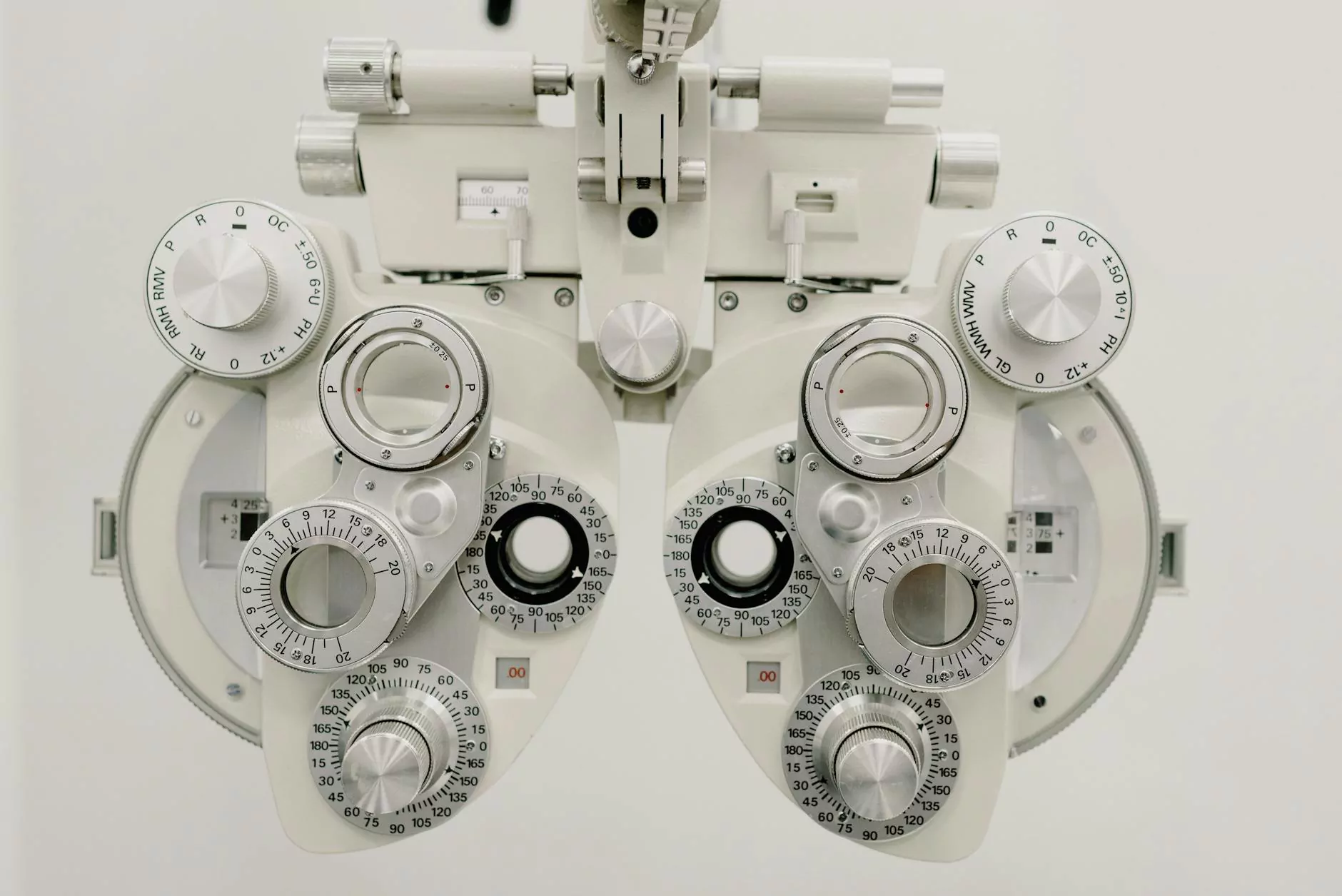Lung Cancer Screening: Essential Insights for Better Health

Lung cancer remains one of the leading causes of cancer-related deaths worldwide. Timely detection plays a crucial role in improving outcomes for patients. In this article, we delve into the significance of lung cancer screening, its methodologies, the best practices for undergoing screening, and the role it plays in preventive health care.
Understanding Lung Cancer
Lung cancer primarily originates from the cells of the lungs. There are two main types:
- Non-small cell lung cancer (NSCLC): This is the most common type, accounting for about 85% of cases.
- Small cell lung cancer (SCLC): This type is less common but tends to spread more aggressively.
The symptoms of lung cancer often don’t appear until the disease is advanced, which is why screening is particularly vital. Early-stage lung cancer may not present any noticeable symptoms, making routine screening the best strategy for early detection.
The Importance of Lung Cancer Screening
Lung cancer screening has proven to be a game-changer in the early detection of the disease. Here are some critical reasons why incorporating screening into your health care routine is essential:
- Early Detection: Screening can identify lung cancer in its early stages when it is most treatable.
- Risk Assessment: Identifying individuals who are at a higher risk due to smoking history or family history of lung cancer allows for targeted intervention.
- Improved Survival Rates: Early-stage lung cancers have a significantly higher survival rate compared to late-stage diagnoses.
- Peace of Mind: Regular screenings can alleviate anxiety related to potential health issues through early reassurance or timely treatment.
Who Should Get Screened?
Not everyone needs to be screened for lung cancer. The following groups are typically recommended by health authorities to undergo lung cancer screening:
- Adults aged 50 to 80 years with a history of heavy smoking (defined as a 20 pack-year smoking history).
- Current smokers or those who have quit within the last 15 years.
- Individuals with a family history of lung cancer.
Before pursuing screening, it's essential to have a conversation with a healthcare provider about your individual risk factors and overall health.
Types of Lung Cancer Screening Tests
The most commonly used method for lung cancer screening is the low-dose computed tomography (LDCT) scan. Here’s how it works:
Low-Dose Computed Tomography (LDCT)
The LDCT scan utilizes lower amounts of radiation than conventional CT scans, making it safer for screening purposes. It creates detailed images of the lungs and can detect abnormalities that may indicate the presence of lung cancer.
Benefits of LDCT Screening
- Non-Invasive: The LDCT is a painless procedure that doesn’t require any surgical intervention.
- High Accuracy: This method detects lung nodules that may need further investigation.
- Minimal Radiation Exposure: The use of low doses reduces the risk associated with radiation exposure.
Preparing for Lung Cancer Screening
Preparation for a lung cancer screening is relatively straightforward:
- Consult Your Doctor: Discuss any existing health problems or concerns you may have.
- Inform About Medication: Share a list of medications you are currently taking.
- Follow Pre-Screening Instructions: Your healthcare team may provide specific guidelines, such as avoiding lotions or powders on the day of the scan.
It’s important to follow all guidelines to ensure the most accurate and effective screening results.
Interpreting the Results
After undergoing the LDCT scan, results are typically available within a few days. Understanding the results is crucial for taking the next steps in your health journey. Results can be categorized as follows:
- Negative: No significant findings, and routine screening can continue as recommended.
- Low-Risk Nodules: May require additional surveillance imaging in the future.
- High-Risk Nodules: Further tests, such as a biopsy, may be necessary for definitive diagnosis.
Consulting with a healthcare professional to interpret the results is essential, as they can provide clarity and next steps based on your unique situation.
Advancements in Lung Cancer Screening
The field of lung cancer screening is continuously evolving, with research aimed at improving the accuracy and efficacy of screening methods. Some notable advancements include:
- Artificial Intelligence: AI is being utilized to analyze CT scan results, thereby enhancing detection rates and reducing false positives.
- Biomarker Research: Ongoing studies are exploring the use of biomarkers in blood tests to aid in early diagnosis.
- Personalized Screening Protocols: Tailored screening guidelines based on individual risk factors are being developed to optimize outcomes.
The Role of Physical Therapy in Lung Health
For those diagnosed with lung cancer, physical therapy plays a vital role in rehabilitation and maintaining lung health. A well-structured physical therapy program can:
- Improve Breathing Techniques: Techniques such as diaphragmatic breathing can enhance lung capacity.
- Increase Physical Endurance: Special exercise regimens can help strengthen lung function.
- Support Emotional Well-being: Physical activity is known to significantly impact mental health positively.
Conclusion
Lung cancer screening is a crucial health strategy that can save lives through early detection and intervention. For individuals at risk, understanding the importance, methodologies, and benefits of screening can lead to improved health outcomes. Consulting with healthcare professionals and following screening protocols is essential for anyone considering their lung cancer screening options.
By prioritizing lung health and undergoing regular screenings, you take an essential step toward wellness and prevention. Being proactive leads to better outcomes and empowers you to take charge of your health. Remember: when it comes to lung cancer, early detection is key.









